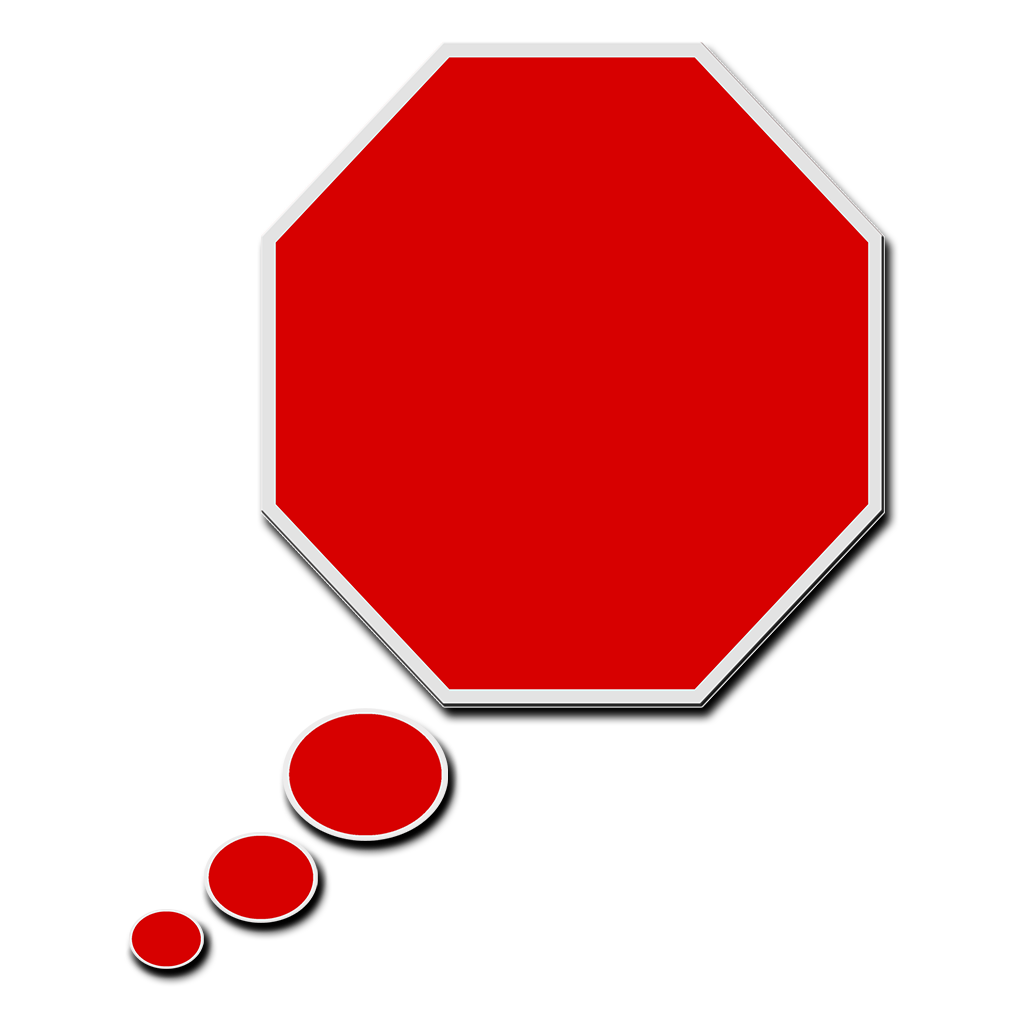Appendix A
DSM-5 Diagnostic Criteria for Autism Spectrum Disorder
A. Persistent deficits in social communication and social interaction across contexts, not accounted for by general developmental delays, and manifest by all three of the following:
1. Deficits in social-emotional reciprocity; ranging from abnormal social approach and failure of normal back and- forth conversation through reduced sharing of interests, emotions, and affect and response to total lack of initiation of social interaction
a. Relative failure to initiate or sustain conversational interchange (at whatever level of language skills are present) in which there is no reciprocal to and from responsiveness to the communications of the other person
b. Lack of shared enjoyment in terms of vicarious pleasure in other people's happiness and/or a spontaneous seeking to share their own enjoyment through joint involvement with others
c. Markedly impaired awareness of others
d. Lack of social-emotional reciprocity
2. Deficits in nonverbal communicative behaviors used for social interaction; ranging from poorly integrated- verbal and nonverbal communication, through abnormalities in eye contact and body language, or deficits in understanding and use of nonverbal communication, to total lock of facial expression or gestures
a. Markedly abnormal nonverbal communication, as in the use of eye-to-eye gaze, facial expression; body posture, or gestures to initiate or modulate social interaction (e.g., does not anticipate being held, stiffens when held, does not greet parents or visitors, has a fixed stare in social situations)
3. Deficits in developing and maintaining relationships, appropriate to developmental level (beyond those with caregivers); ranging from difficulties adjusting behavior to suit different social contexts through difficulties in sharing imaginative ploy and in making friends to on apparent absence of interest in people
a. Failure to develop peer relationships as appropriate to developmental level
No or abnormal social play (e.g., does not actively participate in simple games; prefers solitary play activities; involves other children in play only as "mechanical aids")
B. Restricted, repetitive patterns of behavior, interests, or activities as manifested by at least two of the following:
1. Stereotyped or repetitive speech, motor movements, or use of objects; (such as simple motor stereotypes, echolalia, repetitive use of objects, or idiosyncratic phrases)
a. Stereotyped and repetitive use of language or idiosyncratic language
b. Stereotyped body movements
2. Excessive adherence to routines, ritualized patterns of verbal or nonverbal behavior, or excessive resistance to change; (such as motoric rituals, insistence on some route or food, repetitive questioning or extreme distress at small changes)
a. Apparently compulsive adherence to specific, non-functional, routines or rituals
b. Distress over changes in small, non-functional, details of the environment
3. Highly restricted, fixated interests that are abnormal in intensity or focus; (such as strong attachment to or preoccupation with unusual objects, excessively circumscribed or perseverative interests)
a. An encompassing preoccupation with stereotyped and restricted patterns of interest
4. Hyper- or hyporeactivity to sensory input or unusual interest in sensory aspects of environment; (such as apparent indifference to pain/heat/cold, adverse response to specific sounds or textures, excessive smelling or touching of objects, fascination with lights or spinning objects)
a. Hyper- or hyposensitivity to sensory stimuli, e.g., hyperacusis
C. Symptoms must be present in early childhood (but may not become fully manifest until social demands exceed limited capacities)
1. Abnormal development prior to age three as manifested by delays or abnormal functioning in social development, language as used in social communication, or play
Onset by 36 months
Taken from McPartland, J.C., et al., Sensitivity and specificity of proposed DSM-5 diagnostic criteria for autism spectrum disorder. J Am Acad Child Adolesc Psychiatry, 2012. 51(4): 368-83 doi: 10.1016/j.jaac.2012.01.007 [300]
